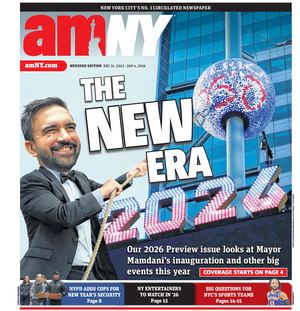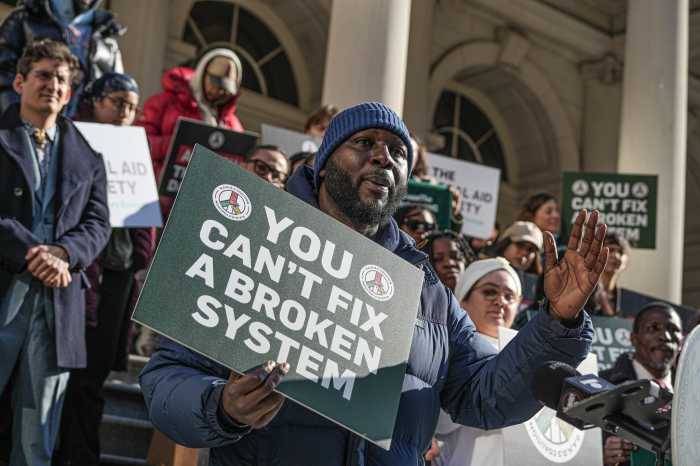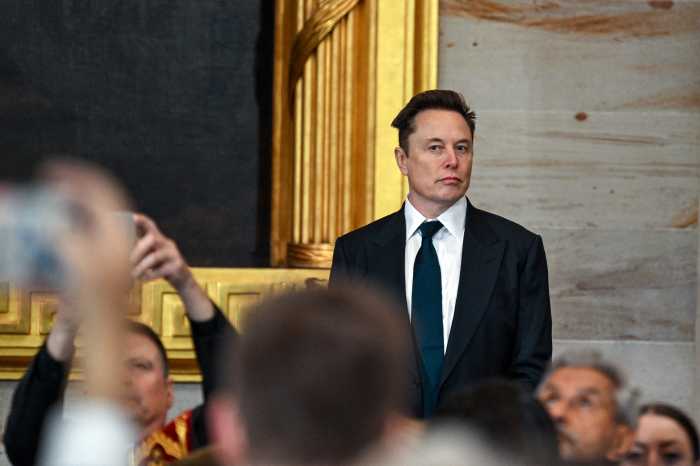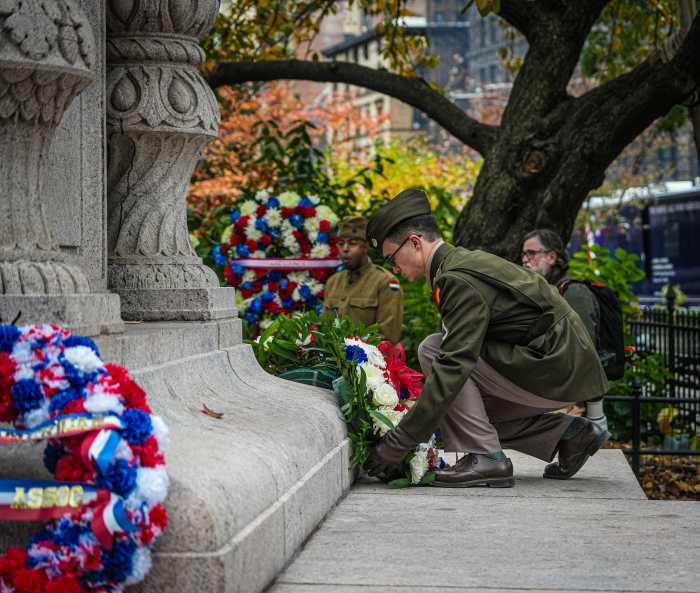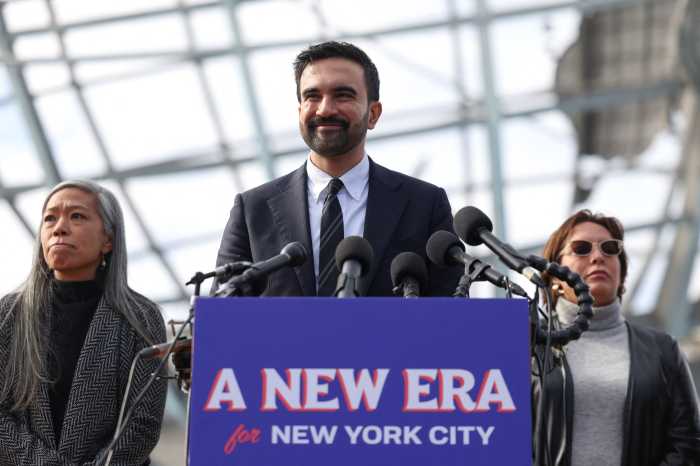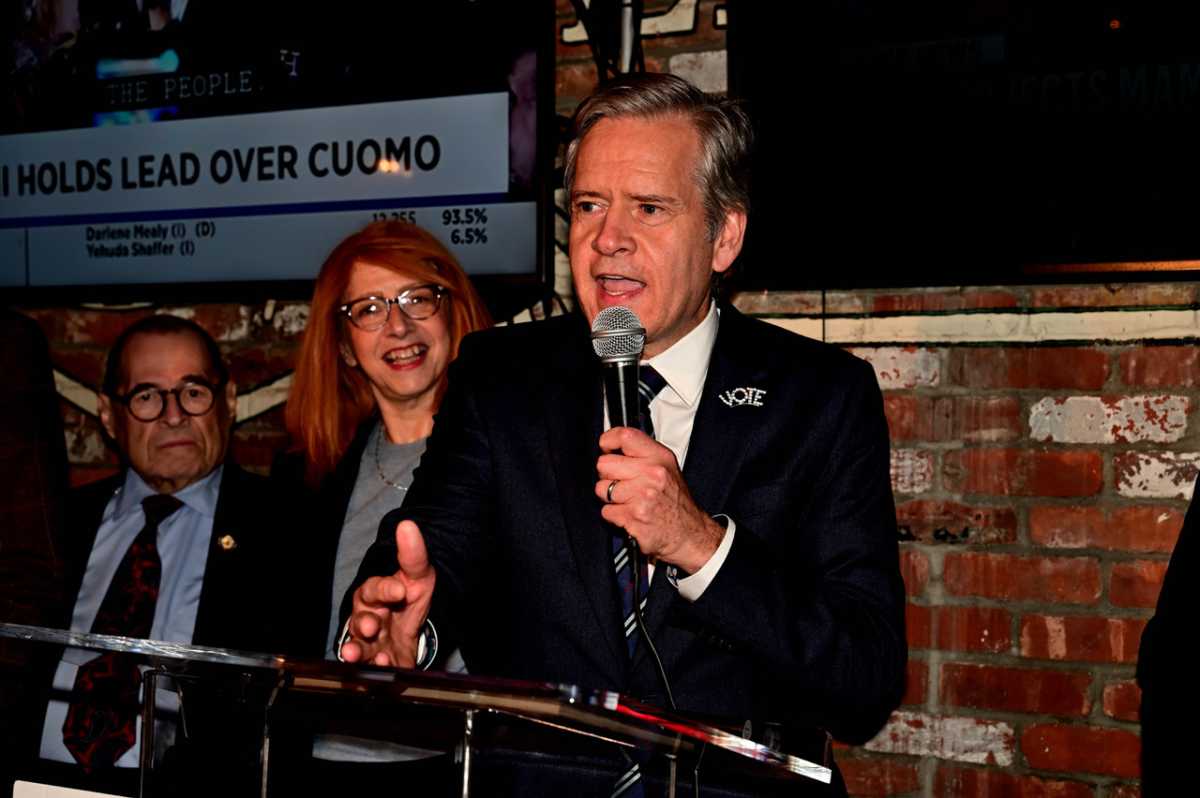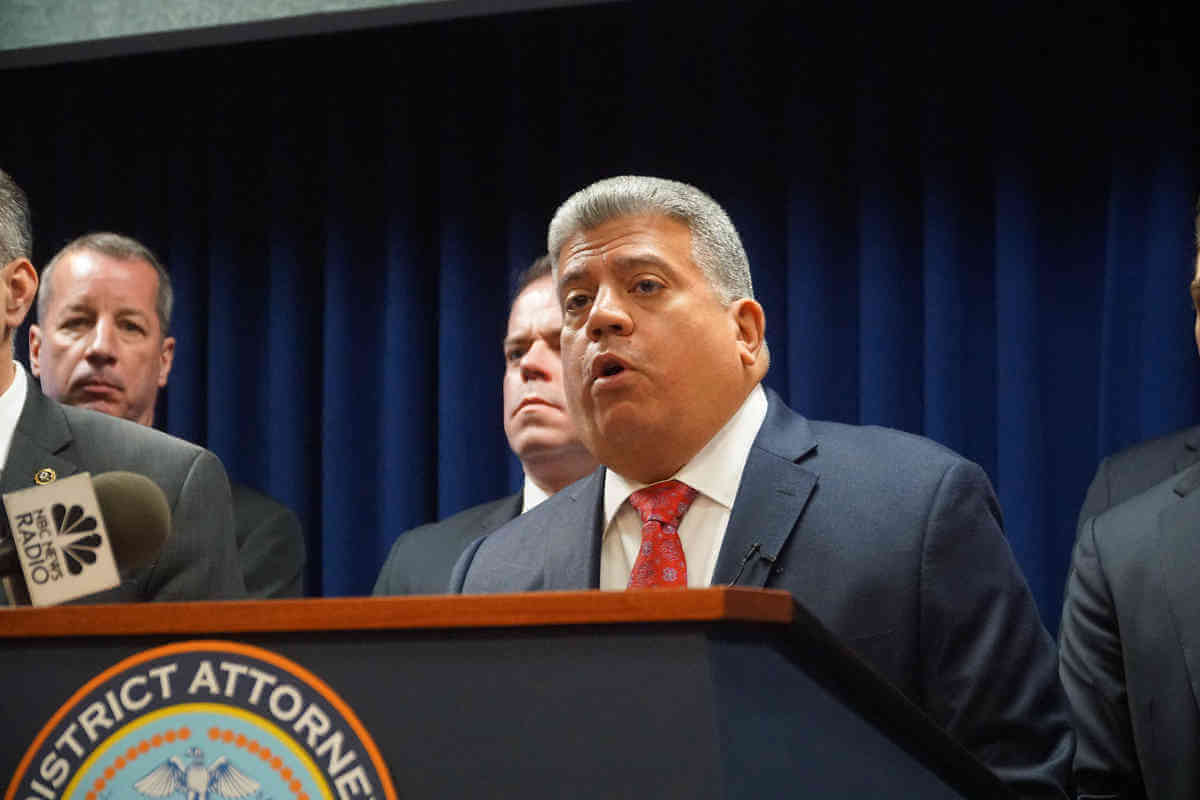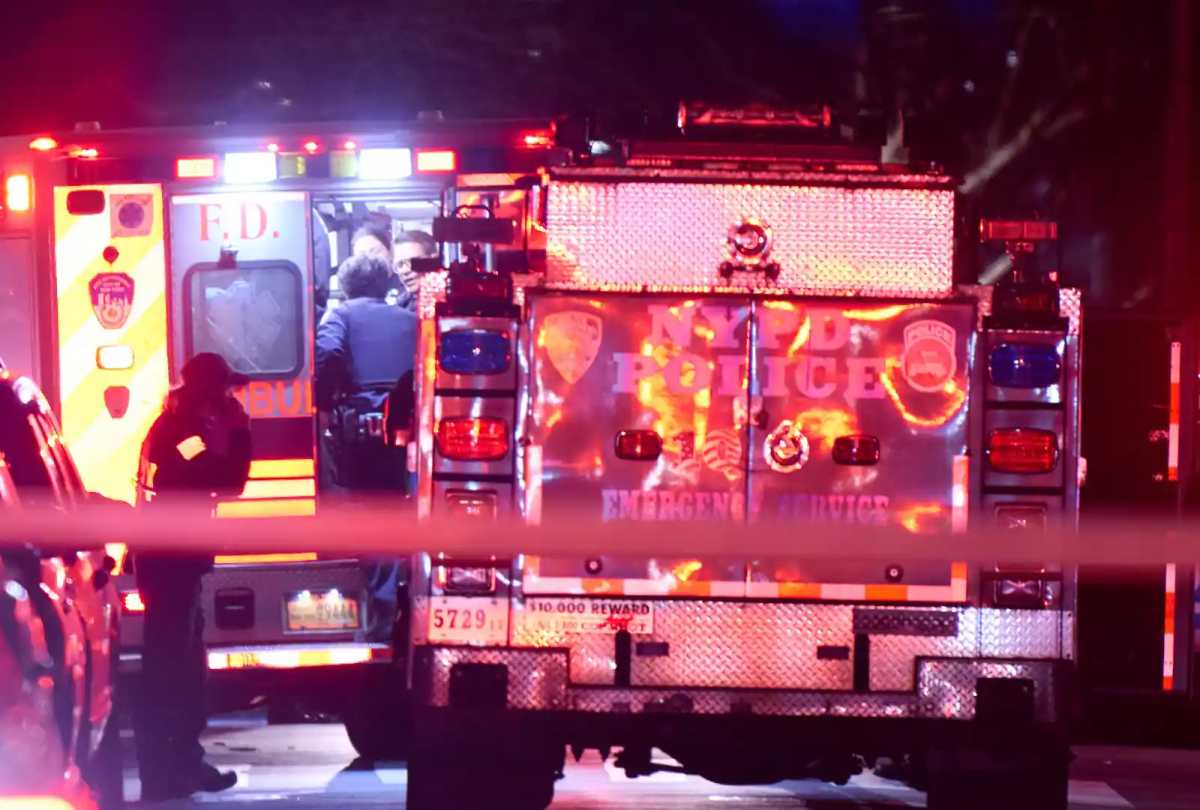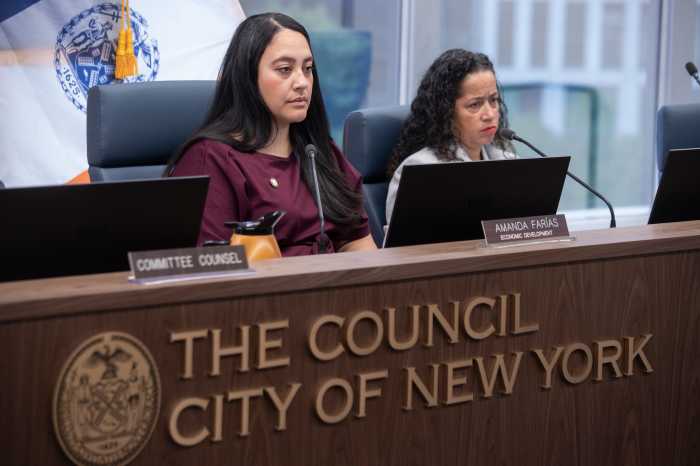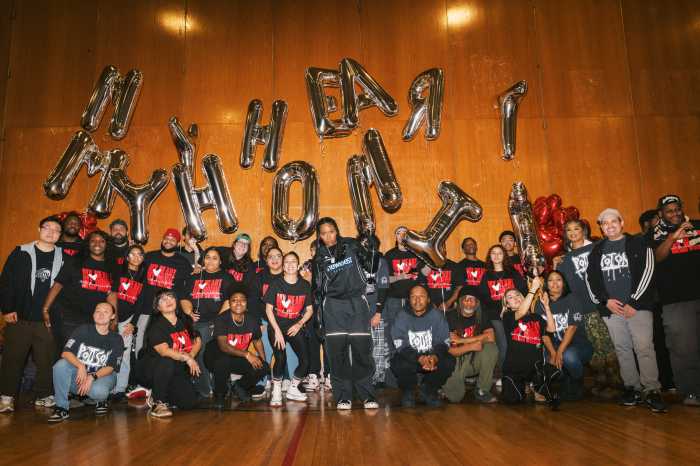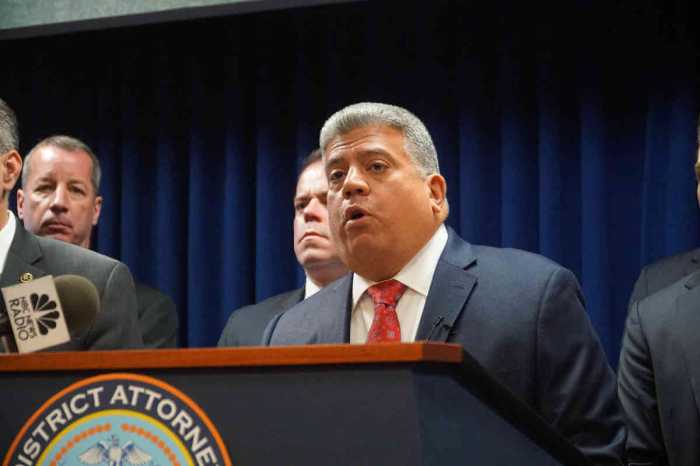On Aug. 28, 1964, African-Americans began three nights of rioting in Philadelphia. It was exactly a year after Martin Luther King Jr. issued his iconic call for black freedom and equality at the March on Washington.
A half-century later we imprison disproportionate numbers of African-Americans, who are more likely to be targeted or killed by law enforcement officials. That’s what unleashed the recent riots in Ferguson, Missouri, following the police killing of Michael Brown — an unarmed black man — on Aug. 9.
We’re still a long way from realizing King’s dream. The riots of the 1960s brought a nightmare of mass incarceration. In response to the violence, millions of people decided to arm themselves.
Between June 1963 and May 1968, U.S. cities witnessed 239 riots involving more than 200,000 participants. Eight thousand people were injured, and 190 lost their lives.
By August 1967, more than half of white Americans reported feeling scared for their safety. Never mind that the vast majority of riot casualties were black. In the Watts riot of 1965 in Los Angeles, for example, 28 of 34 killed were African American; in Newark’s 1967 riot, 24 of 26 dead were black.
The races differed in their analysis of the violence. In a 1967 survey, asking respondents to list causes of the riots, more than two-thirds of blacks but just one-third of whites cited lack of jobs and decent housing for African Americans. Half of blacks but less than 10 percent of whites mentioned police brutality, the most frequent trigger for urban riots.
Over the next 20 years, the numbers would help fuel a tectonic shift in American politics. Souring on the liberal social programs of the Great Society, millions of white Democrats deserted the party. They found a home in a revamped GOP and its call for law and order, a none-too-subtle appeal to racial anxieties.
Democrats played catch-up, but mostly in vain. Warned by an aide that the crime issue “could destroy us,” President Lyndon Johnson provided federal help to state and local governments to step up law enforcement. But the party continued to lose votes until the election of Bill Clinton, who supported “three strikes and you’re out” sentencing laws and expanded the federal death penalty.
Democrats also lent their voices to the growing GOP chorus for gun rights. It was spearheaded by the National Rifle Association, which built bipartisan support for a novel legal theory: that the Second Amendment protected private gun ownership.
Fast-forward to the present, and you can see the bitter fruits of the law-and-order consensus. Between 1980 and 2008, the number of people incarcerated in America skyrocketed from 500,000 to 2.3 million. African-Americans are six times as likely to be imprisoned as whites; if trends continue, 1 in 3 black men can expect to spend part of life in prison.
Meanwhile, African-Americans are far more likely to be frisked than whites. They are also more likely to be assaulted or killed by police. The July 17 death of Eric Garner during a struggle with police on Staten Island is an example.
As public treasuries groan under the burden of law enforcement, Democrats and a few Republicans (including GOP presidential hopeful Rand Paul) are calling for alternatives to incarceration. Paul also has condemned racial profiling in the war on drugs, which has come under new bipartisan scrutiny.
Yet on guns — and guns alone — the post-1960s consensus continues. Even after the Sandy Hook school massacre, no one in either party seems ready to take on Americans’ penchant for firearms.
The riots of the 1960s spawned a campaign to imprison fellow citizens in the name of law and order. It would be ironic — and tragic — if the riots’ lasting legacy was the right of each citizen to wield a lethal weapon against everybody else.
Jonathan Zimmerman, who teaches history and education at New York University, is the author of the upcoming book “Too Hot to Handle: A Global History of Sex Education.”
